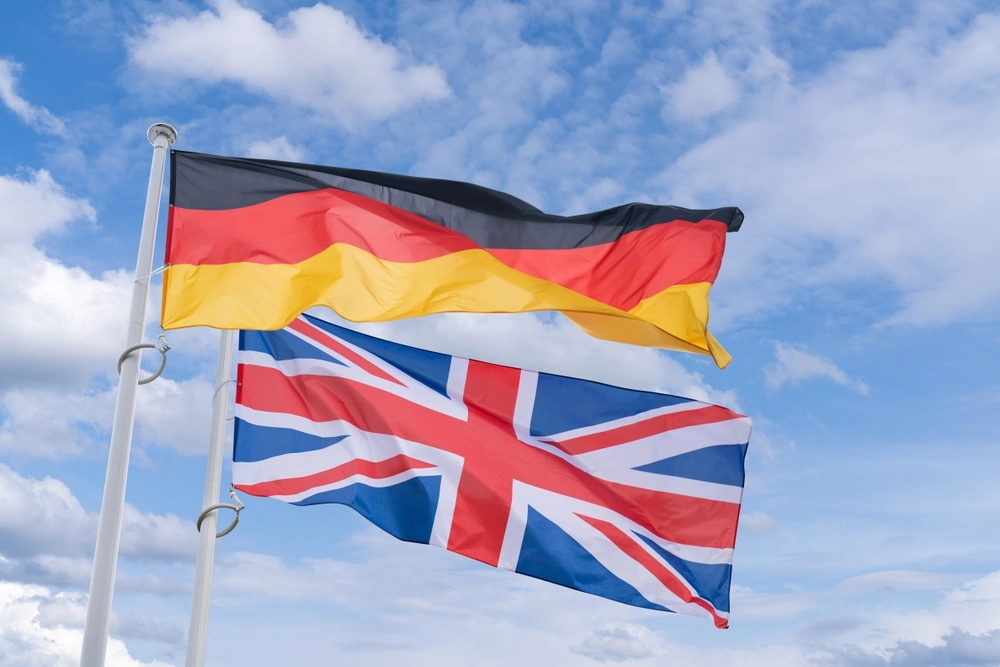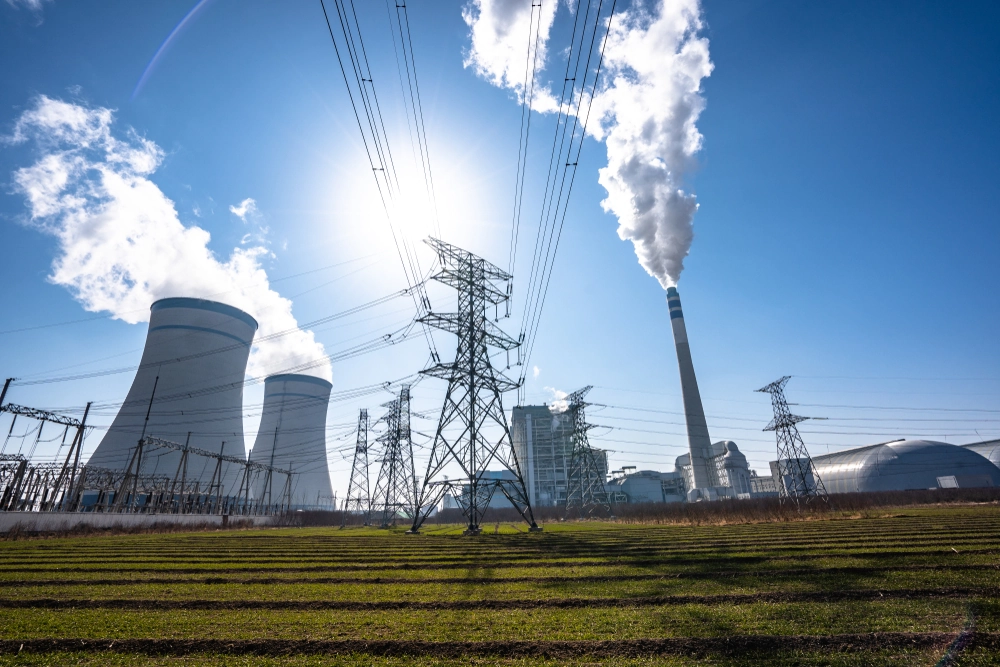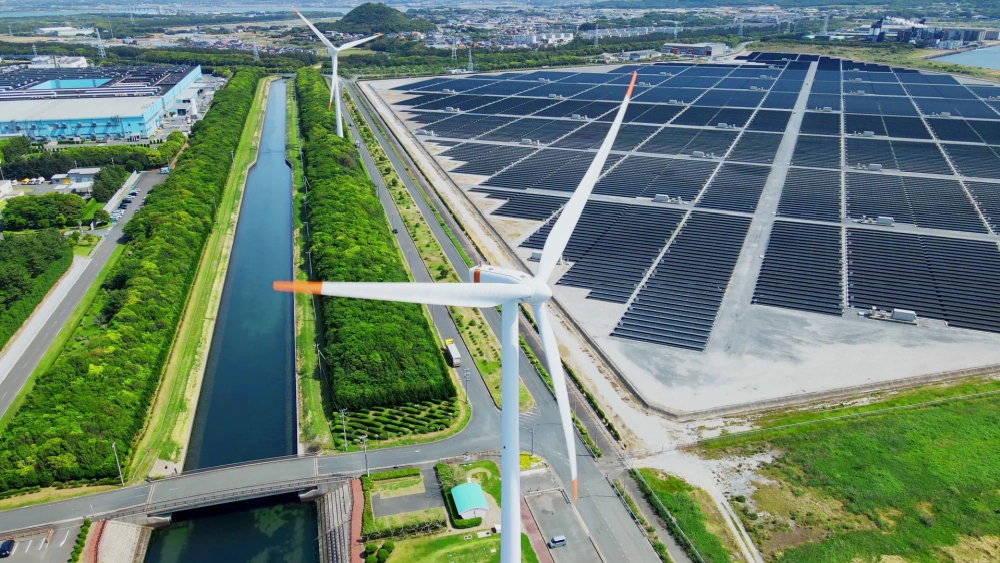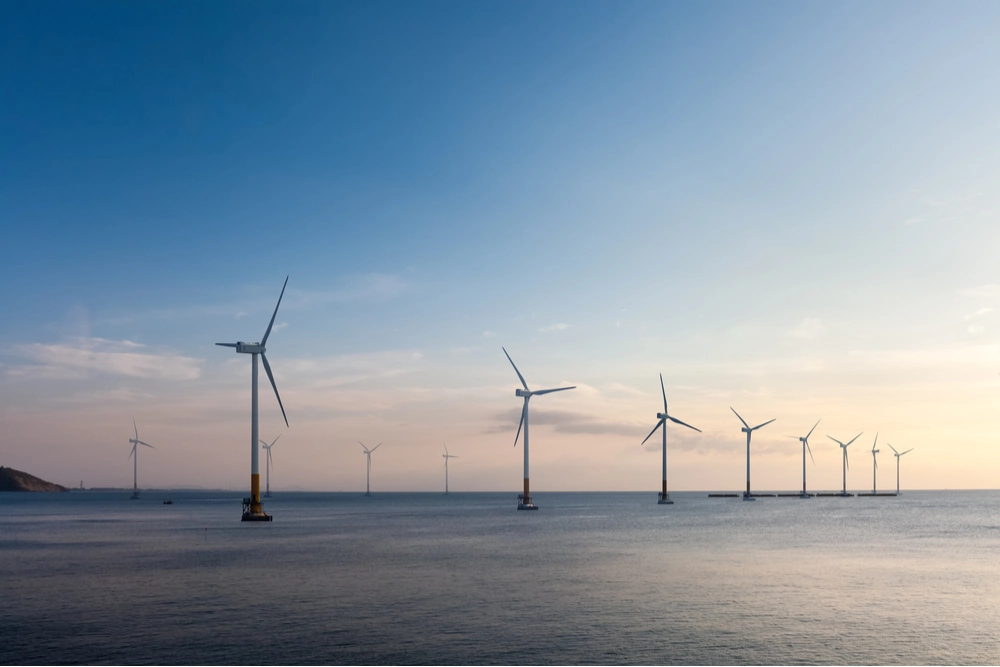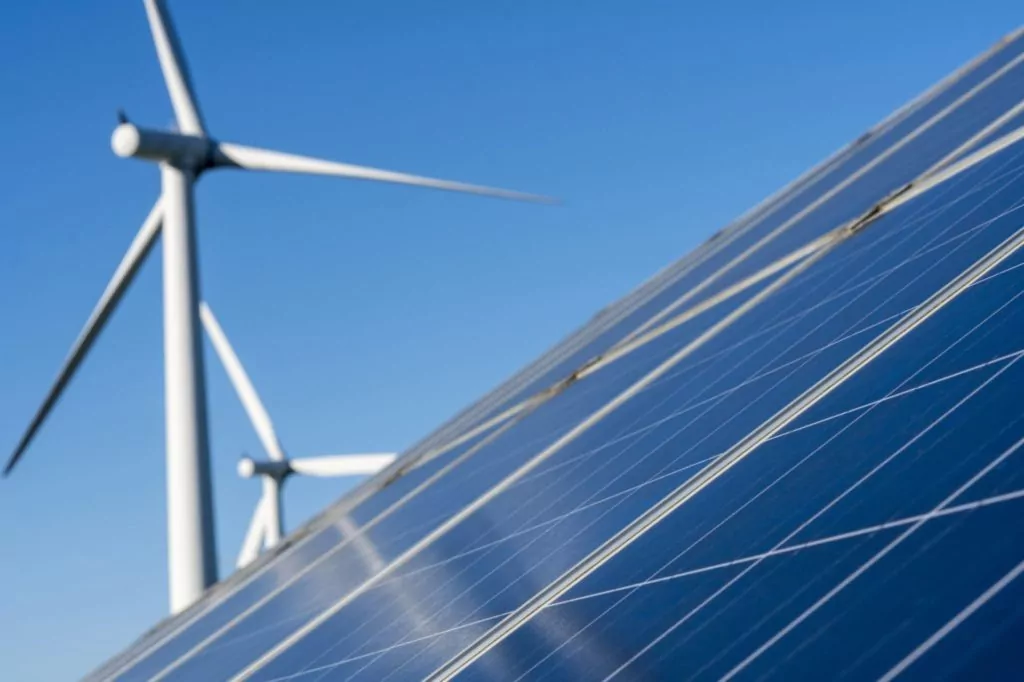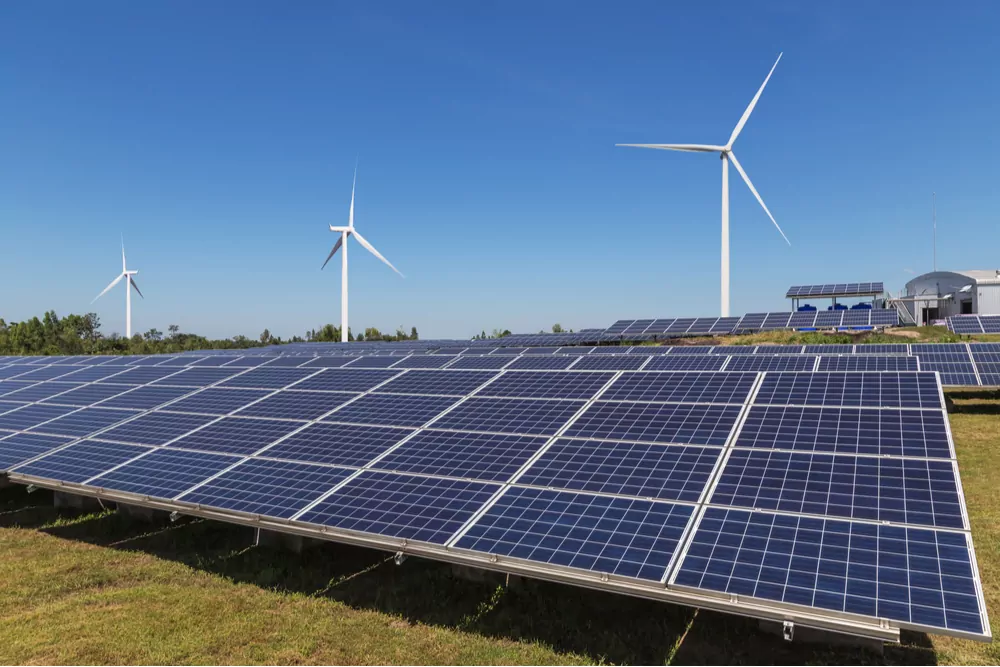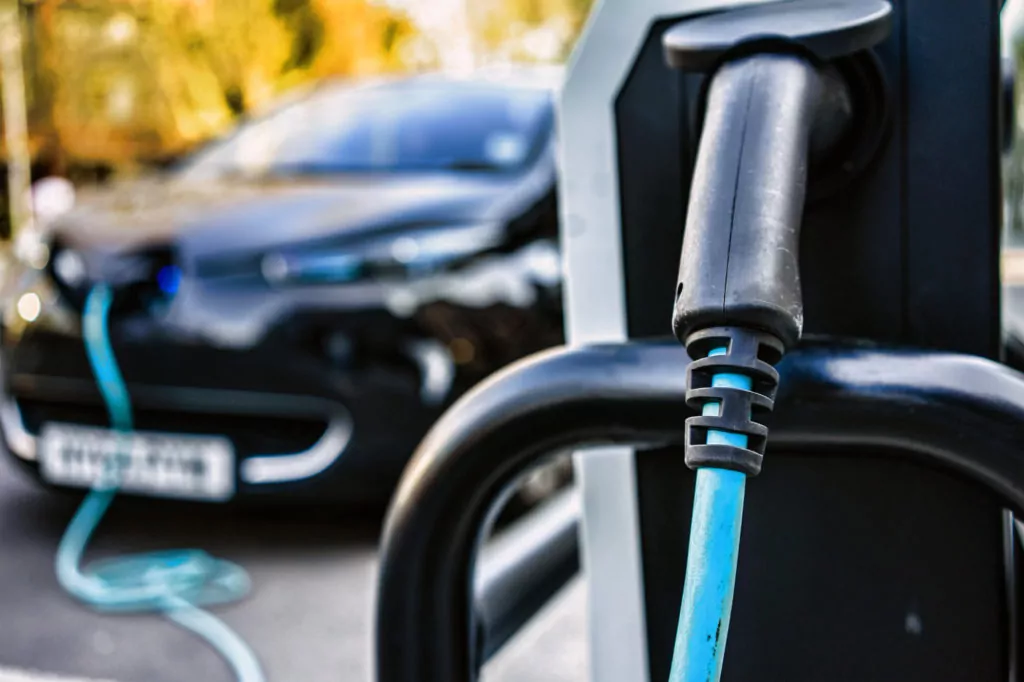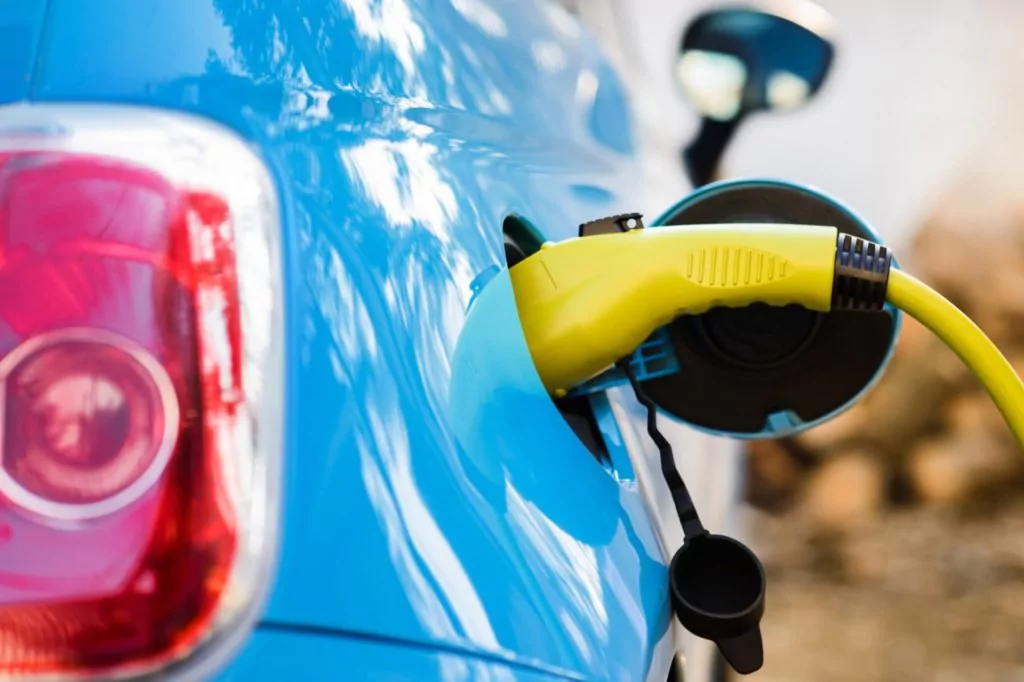
The UK's path to Net Zero.
The energy white paper.
The long-awaited energy white paper released on 15 December 2020 is a welcome step forward in the UK's journey to achieving net zero emissions by 2050. Sitting alongside the Prime Minister's Ten Point Plan, the paper sets out how the UK energy sector will need to adapt over the coming years and how business must deliver the investment and innovation needed to decarbonise the UK energy system.
Key themes of the white paper
Open data and the energy system
In 2019, the Energy Data Taskforce issued a report which found that energy data is often inaccurate and poor in quality, leading to barriers for innovation in new technologies and services. The Taskforce released recommendations for implementing an integrated data and digital strategy to modernise the UK energy system by requiring better quality data and adopting the principle that energy system data should be presumed open.
The white paper sets out the Government's plans to implement all the recommendations made by the Taskforce through 'Modernising Energy Data', a joint programme with Ofgem and Innovate UK. The white paper promises the following to commence in 2021:
- Create a national energy data catalogue to make data more visible and reduce the cost of accessing information;
- Develop a 'data triage' process to provide support to energy companies for making data more readily available which ensuring privacy and security; and
- Develop tools and processes to allow innovators to make full use of the data once they have access to it to build new apps and products linking energy data with information from other sectors such as transport and heat.
The above three pledges will play a crucial role in harnessing the value of data. However, the Government's goal to develop 'tools and processes' lacks clarity and relies heavily on funded innovation competitions. These competitions may be an excellent tool to leverage developer knowledge but currently, they lack co-ordination and specific guidance as to which technologies need to be developed to successfully digitalise the UK energy system.
Renewables
The white paper emphasises ongoing support for offshore wind, setting an ambitious target to achieve a 40GW capacity by 2030 - a fourfold increase on today's capacity. New nuclear will also be a key aspect of the energy mix, with the white paper promising that government will provide up to £385 million in an Advanced Nuclear Fund by the early 2030s to develop innovative manufacturing techniques and construction.
There is a welcome recognition of the recent emergence of green hydrogen as a key energy source amongst other emerging energy technologies such as floating wind and wave and tidal projects. The white paper also pledges support for at least one CCUS plant to be operational by 2030 to provide flexible, low-carbon capacity to complement high levels of renewables. The Government will put in place a commercial framework to enable developers to finance the construction and operation of a power CCUS based on the existing Contracts for Difference (CfD) framework.
While positive steps have been taken, the white paper does not unveil funding or any new policies for onshore wind or solar technology, despite noting that the future energy system "is likely to be composed predominantly of wind and solar". It does however refer to the opening of the CfD scheme to allow onshore wind and solar to participate once again.
In terms of electricity generation all of these technologies will have a role to play in achieving the fourfold increase in electricity from clean energy sources required to achieve net zero within the current proposed time frames.
Planning & the environment

The white paper announces that a Ministerial Delivery Group will work to tackle practical barriers in the expansion of renewable energy, such as the impact of wind turbines on radar systems, protecting the marine environment and the development of network infrastructure. The Delivery Group will also work to reduce consenting delays and ensure planning guidelines and environmental regulations are 'fit for purpose'.
Delivering on targets will be challenging and a review of the both the planning and environmental aspects of project consenting will be essential to ensure fitness for purpose and to further streamline and hasten consenting procedures. It has been announced that there will be a review of National Policy Statements which will bring those documents up to date and set a clear policy basis for new energy technology projects as well as the now well established utility scale technologies like solar, which is incongruously absent from current National Policy Statements.
Markets & competition
The white paper announces a new Smart Systems Plan which will include a new framework for monitoring flexibility across electricity markets. It announces the launch of a major competition to accelerate the commercialisation of innovative technologies, focusing on long-duration storage technologies that can be deployed at large scale. The first competition will be introduced in Spring 2021. It is clear that the Government seeks to break down some of the barriers to novel energy storage solutions, with a promise to define electricity storage in law when Parliamentary time allows.
The white paper announces plans to promote greater competition and more innovation in the construction and operating of energy networks. Since 2009 the ownership of offshore wind network connections has been awarded through a competitive tender process and the white paper sets out plans for a similar regime for onshore networks in a bid to increase capital and improve efficiency. The Government proposes that competitive tendering could be opened at a distribution network level, as well as in the transmission network.
This whole-system approach will be welcome news for distribution network operators and helps to build more flexibility into the energy system.
Electric vehicles

The accelerated transition to electric vehicles (EVs) requires scaling-up the rollout of EV charge points and an expansion in generation and network capacity. To meet this increase in demand, the white paper announces that as part of the Ten Point Plan, the Government will provide significant funding to accelerate the rollout of charge points to future proof grid capacity along the strategic road network.
The white paper makes a welcome acknowledgement that in order to capture the system benefits of smart charging and vehicle-to-grid technology, the deployment of charging infrastructure needs to run ahead of the uptake of EVs, noting that 'only then will consumers have the confidence that they can charge their vehicles conveniently and cost-effectively'. However, there is a lack of clear detail on how this will be achieved.
James Diggle, Head of Energy and Climate Change at CBI says "the long-awaited energy white paper brings a focus on low carbon power, particularly transport, homes and industry. it is a really welcome move and just the start".


